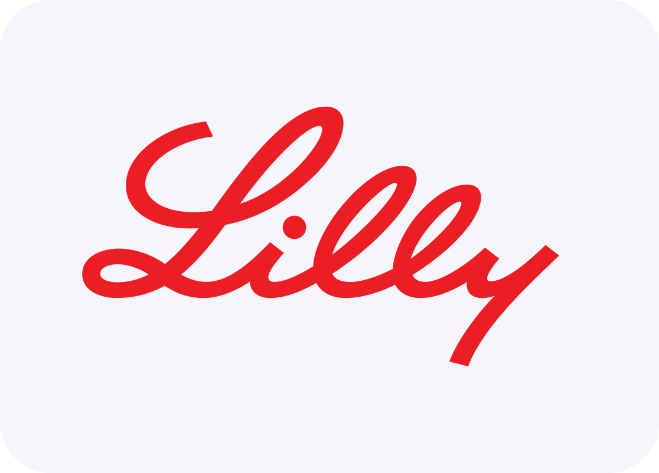A great science cover letter is often one of the most important parts of a job application. You may have a brilliant CV, but submitting a poor cover letter with your application can shatter your chances of securing your dream science role.
This is sometimes the only opportunity you will be given to illustrate to an employer exactly why your CV is worth a read and why YOU are the person they are looking for.
Take a look at our handy tips on how to write a science cover letter successfully:
Research the company and the industry
Taking the time to look into the company, as well as the specific scientific, clinical or technical industry, you are applying for will demonstrate to the recruiter that you are serious about the role at hand. You could use social media sites such as LinkedIn, publications or simply the company’s website to gather information that will make you appear informed. Once you have done this, you can tailor your cover letter to show that your skills and your character match what the employer is looking for.
During your research, it is a good idea to focus on:
- The organisation’s mission and values. Do they fit with your own?
- The organisation’s target market. What do you know about the target market? Do you fit within it?
- Key skills required in the job ad – make sure they are mentioned in the cover letter
- The history of the organisation. Any notable events that you can relate to?
- Relevant news. Is anything big happening in the industry that is affecting the organisation?
Analyse the job description
Make precise reference to the key competencies and experience necessary for the role. Personalise the cover letter by illustrating how you fit the criteria with past achievements and accomplishments. This will assure the reader that you are a great match for what they are looking for, as well as provide them with a little insight into what they can expect from you.
If you want to work in pharmaceuticals, highlight your experience with GMP. If you want to work in medical devices, demonstrate your knowledge of working within a production environment.
Keep it to the point
Your cover letter should not fill more than one A4 page – you should aim for around half to three quarters of the page being covered. Writing too much will not encourage them to stop reading. Include the most important points only, the rest can be found in your CV. Read our CV writing tips here.
Structure your science cover letter correctly
A science cover letter should flow well and be structured to ensure that the employer gets the most vital information in a professional, efficient way. We suggest this structure:
Your address: Include your home address in the top right hand corner of the letter, as well as your mobile number, email address and LinkedIn profile (find out how to create the perfect LinkedIn profile here). Make it clear how the employer can contact you.
Address the reader: ‘Dear Mr/Mrs/Miss…’ – always address the letter to the decision maker of the role, and never to the general recruitment department. If you are unsure who this might be, you can search LinkedIn or ask the HR department for guidance.
Paragraph 1: Start the cover letter by clearly stating your intention to apply for the job, including any reference numbers the job has. In this paragraph you should tell the employer why you are applying for this specific role and where you found out about the position (whether that be on the company’s website, on social media or through a friend). It is a good idea to include a sentence designed to grab the attention of the reader, by highlighting a key achievement or core strength that demonstrates your suitability for the role.
Paragraph 2: Outline your qualifications and experience and then match these to the requirements of the job you are applying for (these will be found in the job description). Go on to demonstrate your motivation and enthusiasm to help the company achieve their goals within the industry. Use this paragraph as your chance to impress the employer and motivate them to take a look at your CV by drawing their attention to your past successes but leaving them wanting to find out more.
Paragraph 3: This paragraph is where the research you conducted about the company and the industry before writing the cover letter will come in handy. Go into detail about why you would like to work for this company specifically and how the skills and experience you possess will add to their success. You should also refer to the organisation’s values and core culture, stating why you will fit in.
Paragraph 4: It is a good idea to end with a positive statement in this paragraph and provide a call to action since you are hoping to secure an interview. Go on to direct the reader to your enclosed/attached CV and inform them of your availability for interview. Finally, thank the reader for their time and consideration, and welcome them to get in touch to discuss the job in more detail.
Conclude: You should finish the letter with ‘Yours Sincerely’ if you have addressed it to a named contact, or ‘Yours Faithfully’ if you have addressed it simply as ‘Dear Sir/Madam’, and sign your name.
Check, check and check again
Submitting a cover letter that is littered with spelling mistakes and grammatical errors will give a negative first impression to the reader, and may even encourage them to reject your application. Use a spell checker, get a trusted friend to proofread it for you, or even ask your CK consultant to take a look. Meet our team here.
You may also like to read:






